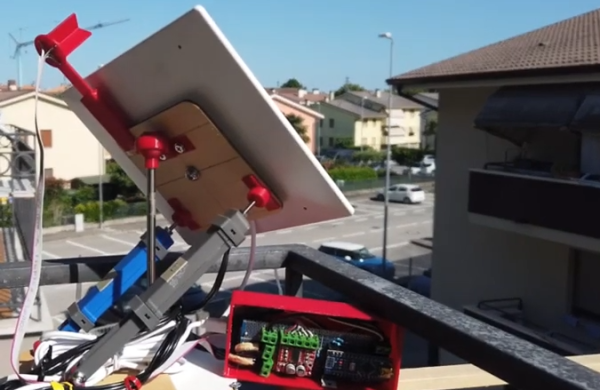If you want solar power, you usually have to make a choice. You can put a solar panel in a fixed location and accept that it will only put out the maximum when the sun is properly positioned. Or, you can make the panels move to track the sun.
While this isn’t difficult, it does add cost and complexity, plus mechanical systems usually need more maintenance. According to [Xavier Derdenback], now that solar panels are cheaper than ever, it is a waste of money to make a tracking array. Instead, you can build a system that looks to the east and the west. The math says it is more cost effective.
The idea is simple. If you have panels facing each direction, then one side will do better than the other side in the morning. The post points out that a tracking setup, of course, will produce more power. That’s not the argument. However, for a given power output, the east-west solution has lower installation costs and uses less land.













